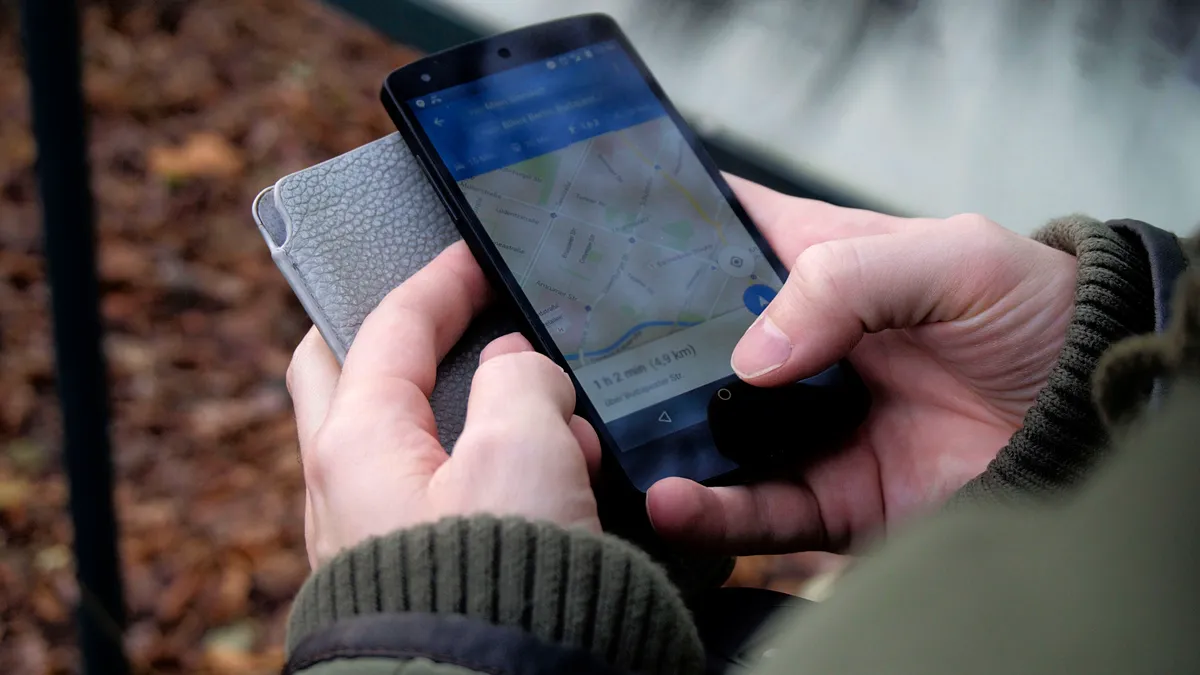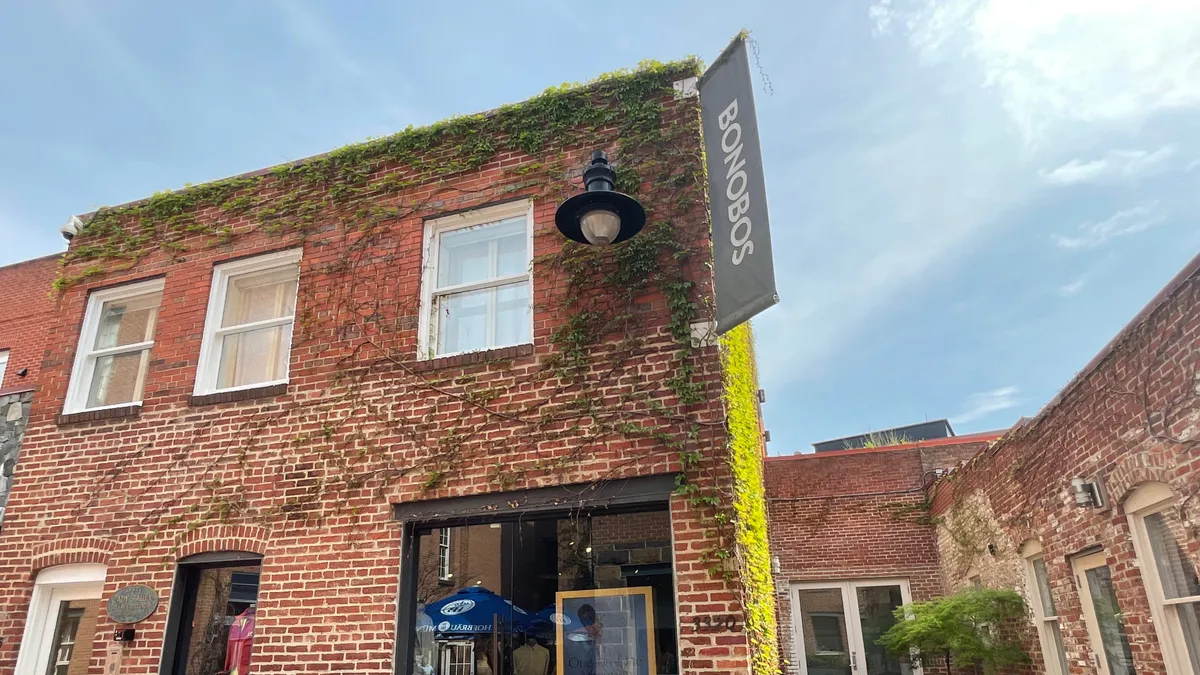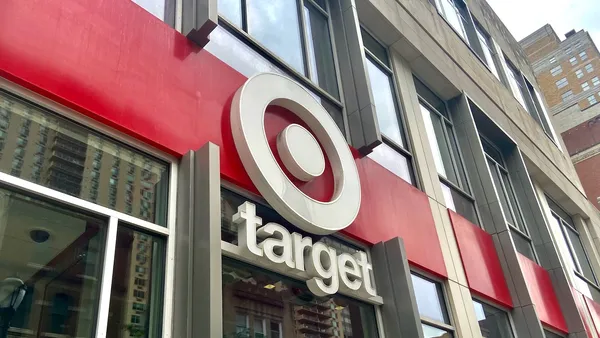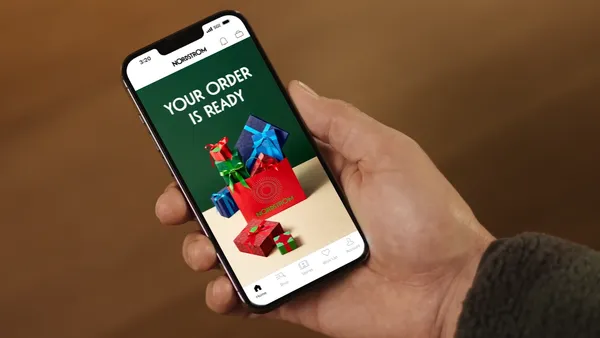Dive Brief:
-
Many mobile smartphone users have no particular app or web browsing activity in mind when the unlock their phones to use them, as they often turn to their devices just to kill time, according to a study from mobile content firm Mobile Posse, Phoenix Marketing International (PMI) and Verto Analytics, eMarketer reports.
-
According to the “The First Dibs Opportunity” study, About 47% of usage sessions begin with no particular app in mind, while about 19% of sessions begin after users have received a push notification from an app or other online source.
-
Meanwhile, about 49% of usage sessions start at the last app that was open, though only 10% of users end up using the app they are confronted with. About 31% of usage sessions started at the device’s home screen, instead of in a specific app, according to the report.
Dive Insight:
The notion that a lot of people have no specific purposes in mind at the moment they unlock their smartphones might be scary thought to any business looking to make money off of smartphone apps, but is it really surprising?
Think about how often you may have done the very same thing within the last week or so: Maybe you showed up at your doctor's office for an appointment, and not wanting to lock eyes with other patients, you pulled out your phone to do something besides lock eyes with other patients. Without much sense of purpose, maybe you checked Twitter and your e-mail, and then maybe opened the Amazon app, thinking you would buy a new pair of ear buds so that you wouldn't even have to hear your fellow patients while you wait at the doctor's office. There may have been a dozen of similar instances.
There is no question that people are spending a lot of time on the smartphones, regardless of their intentions, or lack thereof. As eMarketer noted, hauling out some of it own numbers in its report, the average U.S. adult will spend 2 hours, 25 minutes per day using mobile apps this year, and increase of more than 10% over 2016.
That's a sizable chunk of each day spent doing no particular thing on mobile, which also means that its open season for any app operator, including retailers and consumer product brands, to try to engage those users and turn their down time into sales — or at least positive user experiences. The idea that 19% of sessions begin after users have received a push notification offers some hope. This might be an invitation for retailers to push mobile users alerts about promotions and sales, or perhaps a personal discount on an item they viewed the last time they used the app.
It's also an invitation to retailers to improve the overall performance of their apps. Some experts, for example, have told Retail Dive that slow-loading apps can kill mobile sales. Retailers moving into m-commerce should try to make their apps more engaging to users so that they serve as more than just online product catalogs. They can do this with the addition of frequently-updated content, unique video ad content like MikMak's minimercials, or app-exclusive product announcements and news, among other things.
Mobile remains a crucial opportunity for retailers. The Salesforce Shopping Index, in analyzing the fourth quarter of 2016, showed that mobile accounted for 52% of all digital commerce shopping traffic that quarter. Consumers are shopping more on smartphones, and they are generally using their smartphones more. Retailers just need to help them find a purpose for those moments when they aren't quite sure what they want to do.














